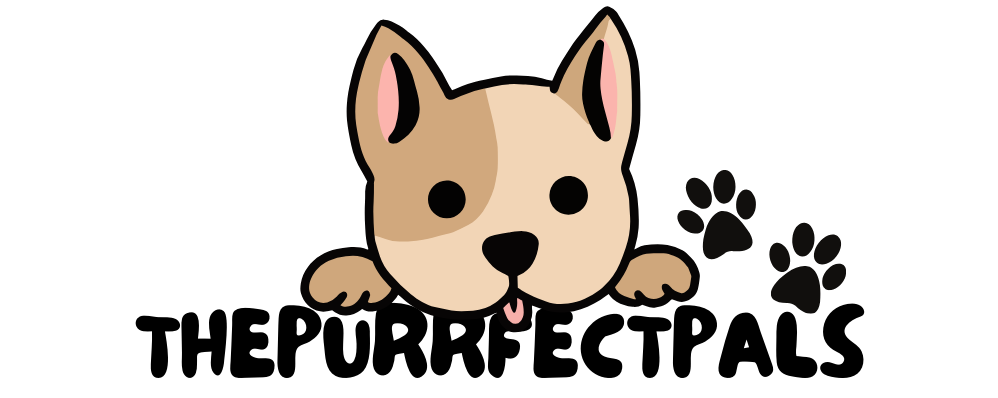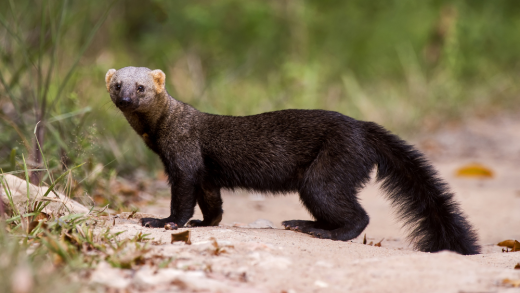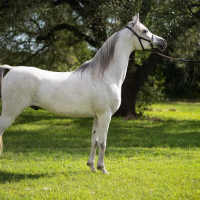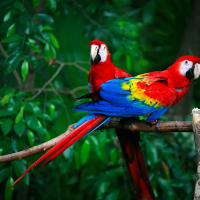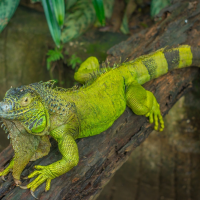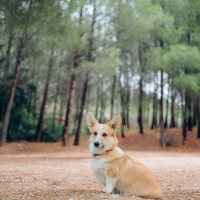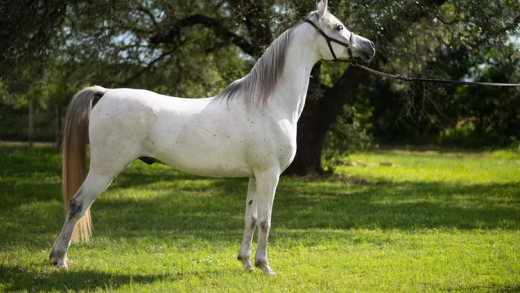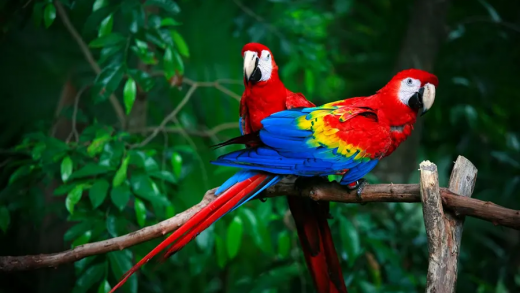Exotic pets have captured the hearts of many people because to their distinct appearances and intriguing activities. However owning an exotic pet entails unique responsibilities and care requirements that differ greatly from those of regular pets such as cats and dogs. Here we look at some of the most popular exotic pet species and explain their basic care needs.
Table of Contents
Bearded Dragons (Pogona Vitticeps)
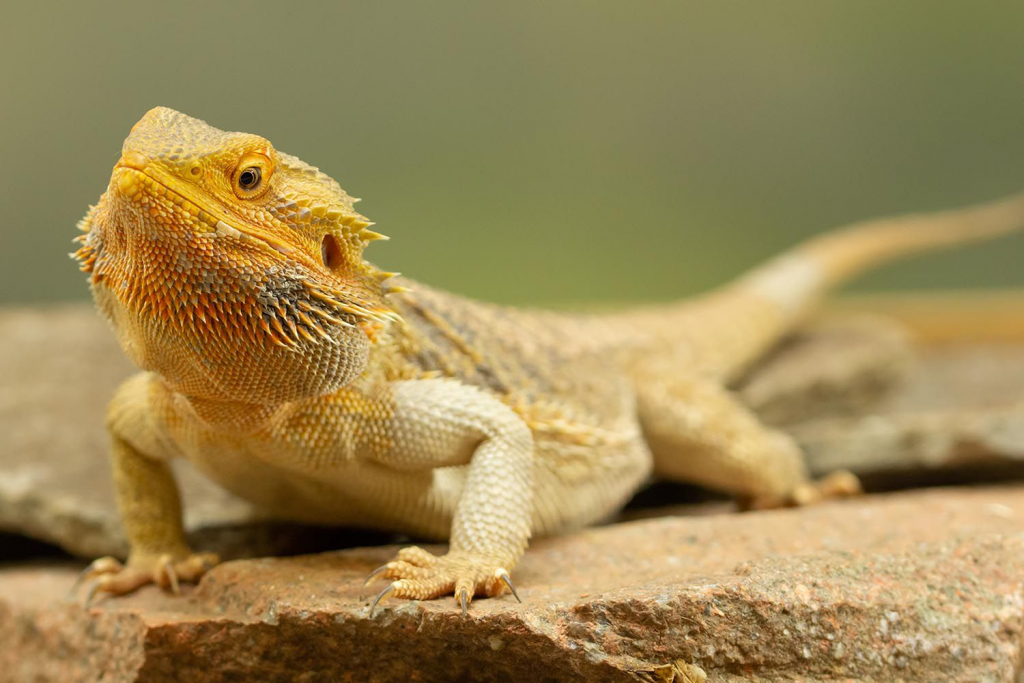
Origin: Australia.
Lifespan : 10-15 years.
Diet: Omnivorous, consisting of vegetables, fruits and insects.
Bearded dragons require a terrarium of at least 40 gallons. The enclosure’s temperature gradient should include a basking zone at 95-105°F and a cooler side at 75-85°F. UVB lighting is critical for their health as it prevents metabolic bone disease.
Care Tip: – Keep the enclosure clean to minimize bacterial accumulation.
- Eat a diet high in calcium and vitamins.
- Maintain humidity levels between 20 and 40%.
African grey parrots (Psittacus erithacus)
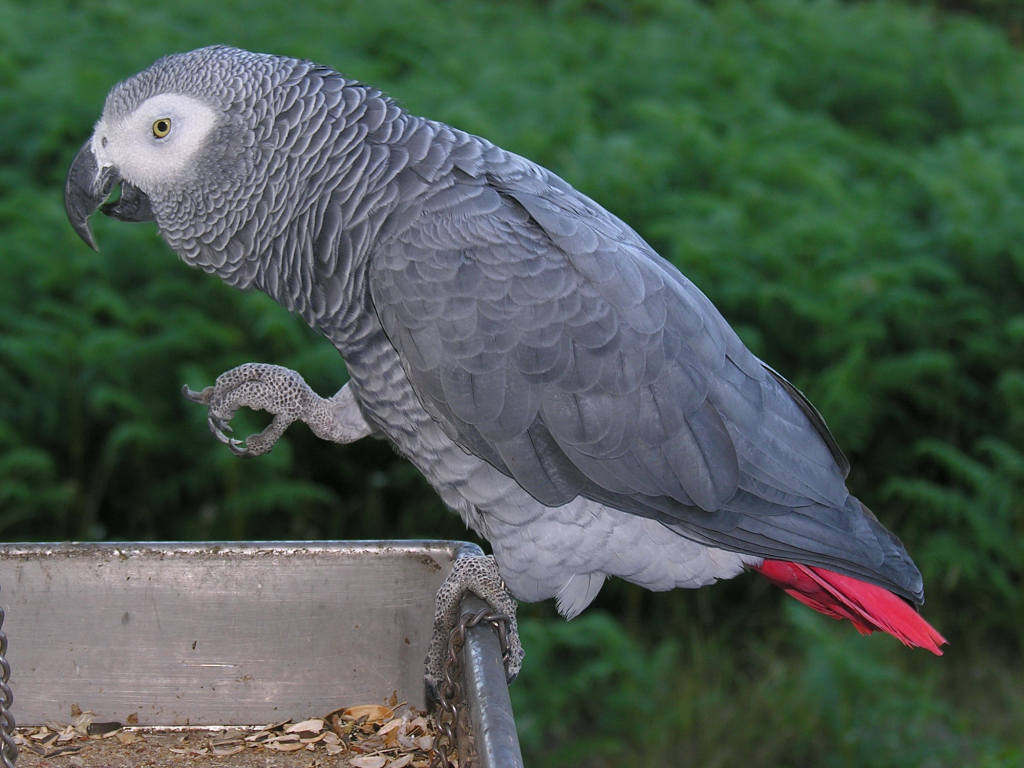
Origin: Central Africa.
Life span: 40-60 years.
Diet: Pelleted diets that include fruits, vegetables and nuts.
Habitat: African Grey Parrots demand a huge cage with enough room to expand their wings, climb and play. They require daily social engagement and mental stimulation.
Care Tips: – Offer a range of toys and puzzles to keep them mentally engaged.
- Maintain a balanced diet to avoid deficits.
- Keep the cage clean and supply new water every day.
Hedgehogs (Atelerix albiventris)

Origin: Africa.
Lifespan: 3 to 5 years
Insectivorous diet includes commercial hedgehog food supplemented with insects, fruits and vegetables.
Habitat: Hedgehogs require a large cage with a solid floor, hiding areas and an exercise wheel. To prevent hibernation keep the temperature between 72 and 80°F.
Care Tip: – Handle them regularly to keep them calm.
- Maintain good cage hygiene to prevent illnesses.
- Watch for signs of obesity which is a typical problem in confined hedgehogs.
Sugar gliders (Petaurus breviceps)

Origin: Australia, Indonesia, and New Guinea.
Lifespan: 10-15 years.
Diet: Omnivorous, including fresh fruits and vegetables, nectar and specially made sugar glider food.
Sugar gliders demand a tall large cage with numerous branches and pouches for climbing and hiding. They are gregarious creatures who flourish in pairs or small groups.
Care Tips: – Maintain a diet similar to their normal intake, avoiding sugary items.
- Have frequent veterinarian check-ups.
- Allow for daily out-of-cage playtime in a secure setting.
Ball Pythons (Python Regius)

Origin: West and Central Africa.
Life span: 20-30 years.
Diet: Carnivorous, primarily small rodents such as mice and rats.
Habitat: A secure terrarium of at least 40 gallons that includes hiding areas and climbing branches. Maintain a temperature gradient of 75-80°F on the cooler side and 88-92°F on the warmer side with humidity levels ranging from 50-60%.
Care Tip: Feed adequately sized prey every 1-2 weeks.
- Ensure that the enclosure is escape proof.
- Keep an eye out for indicators of respiratory difficulties or excessive skin shedding.
General Tips for Exotic Pet Care
- Legal Requirements: Confirm that the pet is legal to own in your area and receive any required permits.
- Veterinary Care: Look for a veterinarian who has experience with unusual pets.
- understand: Before introducing an exotic pet into your home, thoroughly understand its individual demands and behaviors.
- Commitment: Many exotic pets have long lifespans so be prepared to make a long-term commitment.
Owning an exotic pet can be a gratifying experience but it demands commitment and a full grasp of the species specific requirements. You may assure your exotic pet’s health and happiness by providing them with proper care and an enriching environment.
Conclusion
Choosing an exotic pet is a huge commitment that demands great thought and planning. Each species from bearded dragons to African Grey parrots has its unique set of care needs and obstacles. Understanding your pet’s needs is critical to ensure his or her health and pleasure.
You can establish a thriving environment for your exotic pet by investing time in researching and providing for their individual needs such as the proper diet, adequate habitat or necessary social connections. Furthermore constant veterinary care and a willingness to adapt to your pet’s changing demands can help you form a strong, gratifying bond with your one-of-a-kind companion.
People also read about: Dik-Dik: The Tiny Antelope of Africa (2024)
